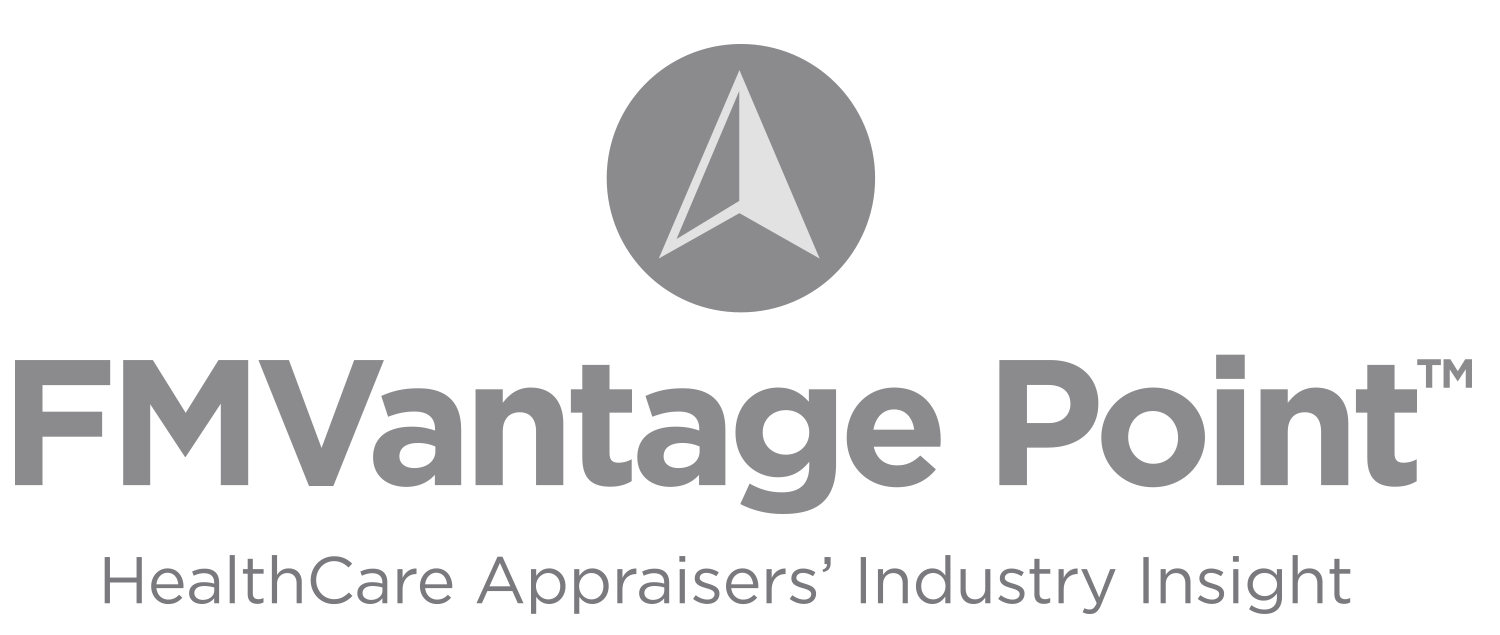Authors: Andrea Ferrari, J.D., MPH, Alyse Bentz, J.D., MPH, and Erica Jacobovits, J.D.
MEMBERS OF THE WOMEN’S LEADERSHIP COUNCIL, PUBLISHED ON BEHALF OF THE COUNCIL

Current events have highlighted racial and gender disparities in health and health outcomes.[1] Data have consistently indicated that, while COVID-19[2] has adversely affected the U.S. population overall, the impacts have been more significant among members of certain demographic groups.[3] These disparities mirror those in other areas of health.[4]
One of the factors often cited as a contributor to health disparities and inequities is inadequate diversity in the provider workforce, particularly among physicians.[5] This lack of diversity contributes to a divide in cultural competence for patients and providers.[6] One proposal to ameliorate the disproportionate population representation present in our healthcare system is to find new ways to recruit and retain members of underrepresented groups into medical practice. The Association of American Medical Colleges (“AAMC”) has been instrumental in helping this push towards a more diversified matriculating medical school class, calling for academic medical centers to enact “institutional change . . . [by] focus[ing] efforts on developing inclusive, equity-minded environments.”[7] The AAMC’s Chief Diversity and Inclusion Officer, Dr. David Acosta, recently spoke[8] on the importance of promoting diversity in medicine, and, in particular, on ways to help create a more diversified medical student body, noting that Black students’ enrollment in medical schools at present approximates only 7% of the student body. Dr. Acosta shared his aspirations for “system-based change” through “institutional accountability” starting with the medical educator leadership, through approaches that include investing in underrepresented learners and finding ways to recognize their resilience, as well as recognizing the adversity many of them face in working to achieve a career in medicine.[9]
As our healthcare clients work to promote diversity, equity and inclusion in their workforce, adopting a fair and equitable pay policy is an important undertaking for organizations in both the public and private sector.[10] Healthcare Appraisers, led by members of its Women’s Leadership and Diversity, Equity and Inclusion (DEI) Councils, is committing support for equitable compensation planning in the marketplace.
[1] See Disparities in SARS-CoV-2 Vaccination-to-Infection Risk During the COVID-19 Pandemic in Massachusetts (Sept. 17, 2021) available at https://jamanetwork.com/journals/jama-health-forum/fullarticle/2784387 (highlighting disparities in COVID-19 vaccination distribution, citing to “structural racism” after the state prioritized large hospital systems over distributing the vaccine to marginalized communities).
[2] Importantly, on January 21, 2021, President Biden announced his administration’s establishment of a COVID-19 Health Equity Task Force dedicated to ensuring an equitable response to COVID-19 in vulnerable communities. See https://minorityhealth.hhs.gov/omh/browse.aspx?lvl=2&lvlid=100 (last accessed Oct. 7, 2021).
[3] The U.S. lost a whole year of life expectancy – and for Black people, it’s nearly 3 times worse (Feb. 18, 2021), https://www.usatoday.com/story/news/health/2021/02/18/covid-us-life-expectancy-record-low-blacks-latinos-most-affected/6778474002/. See also U.S. life expectancy drop during pandemic shows ‘price people pay for systematic racism’ (June 25, 2021), https://www.latimes.com/science/story/2021-06-25/pandemic-erasesgains- in-life-expectancy-for-black-americans.
[4] See, Samantha Artiga, Olivia Pham, Kendal Orgera, and Usha Ranji, Racial Disparities in Maternal and Infant Health: An Overview, KAISER FAMILY FOUNDATION (Nov. 10, 2020), available at https://www.kff.org/report-section/racial-disparities-in-maternal-and-infant-health-an-overview-issuebrief/.
[5] Underrepresentation in medicine has been documented by the Association of American Medical Colleges (AAMC) with the most recent reporting from 2019 revealing that, in 2018, (i) only 5% of surveyed physicians identified as Black or African American (https://www.aamc.org/data-reports/workforce/interactive-data/figure-18-percentage-all-active-physicians-race/ethnicity-2018), and (ii) only 35.8% of surveyed physicians identified as female (https://www.aamc.org/data-reports/workforce/interactive-data/figure-19-percentage-physicians-sex-2018).
[6] See, Michael Devitt, Survey Breaks Down Clinicians’ Views on Transgender Care, AMERICAN ACADEMY OF FAMILY PHYSICIANS (Dec. 14, 2018), available at https://www.aafp.org/news/practice-professional-issues/20181214transgendercare.html, documenting the difficulties transgender people face in obtaining access to quality care, with a recent survey showing that, of the transgender individuals who had seen a healthcare provider recently: (i) One third reported harassment or being denied care; (ii) One quarter reported experiencing issues with their health insurance company; and (iii) 23% reported avoiding seeking care due to fears that they may be mistreated.
[7] See note 9, supra.
[8] Racism and Medical Education: Telling the Full Story. Podcast part of the “Beyond the White Coat” series. Episode air date of October 15, 2020. Transcript available at: https://www.aamc.org/news-insights/transcript-racism-and-medical-education-telling-full-story.
[9] Id.
[10] See https://www.eeoc.gov/statistics/equal-pay-act-charges-charges-filed-eeoc-includes-concurrent-charges-title-vii-adea-ada (last accessed Oct. 18, 2021). Pay equity was codified as Federal Law through the Equal Pay Act of 1963 as well as Title VII (1964) in so far as prohibiting pay discrimination on the basis of sex. The vast majority of states have also adopted some level of protection at the state-level promoting equal pay amongst certain protected classes. Additionally, ensuring pay equity amongst one’s classes of employees helps to guard an organization against private citizen lawsuits on the same subject leaves itself open to private citizen lawsuits. The U.S. Equal Employment Opportunity Commission (EEOC) compiles annual data for inter alia equal pay act charges and noted in 2020 over $10 million in monetary benefits awarded.
